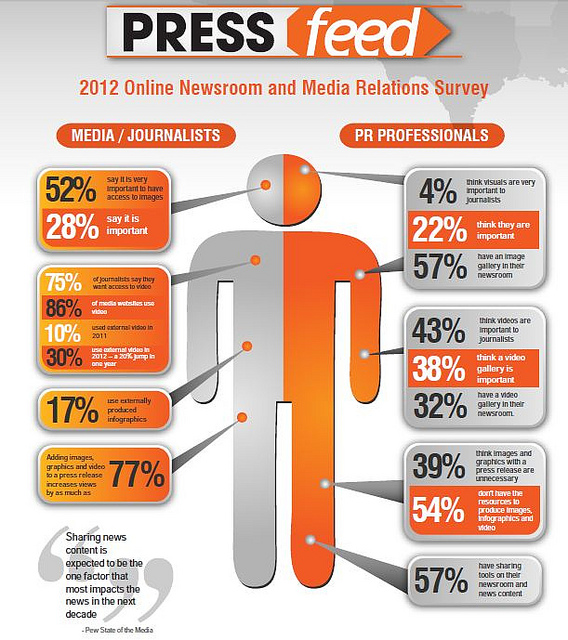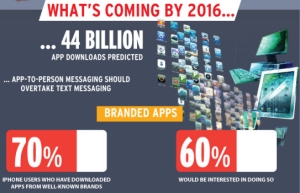 A new study by RevTrax reveals some interesting statistics related to the relationship between consumer demographics and digital coupon conversion behaviors. The researchers studied millions of digital coupons used to drive in-store sales and cross-referenced that data with coupon activation rates by age, income, education, location, and more. Several key demographic groups demonstrated significantly different digital coupon in-store conversion rates than other groups.
A new study by RevTrax reveals some interesting statistics related to the relationship between consumer demographics and digital coupon conversion behaviors. The researchers studied millions of digital coupons used to drive in-store sales and cross-referenced that data with coupon activation rates by age, income, education, location, and more. Several key demographic groups demonstrated significantly different digital coupon in-store conversion rates than other groups.
Some of the findings from the study include:
Age
Older consumers are more likely to use digital coupons. “On average, a 10% increase in median age yields a 2.49% increase in activation rates for retail coupons in urban U.S. counties. Increased median age also correlates with higher activation rates for retail coupons when compared to CPG coupons (whether urban or rural).”
Millennials are least likely to use digital coupons. “On average, a 10% increase in people ages 15 to 24 resulted in a 1.20% decrease in activation rate for retail coupons in urban U.S. counties and a 1.35% decrease in activation rate for retail coupons in rural U.S. counties.”
Income
Consumers with higher incomes are more likely to use digital coupons. “On average, a 10% increase in median income yields a 1.59% increase in digital coupon activation rates for retail coupons in urban U.S. counties. Increased median income also correlates with higher activation rates for retail coupons when compared to CPG coupons (whether urban or rural).”
Employment Status
Consumers who are employed are more likely to use digital coupons. “On average, a 10% increase in unemployment rate yields 0.46% decrease in activation rate for both CPG coupons in urban U.S. counties and CPG coupons in rural U.S. counties.”
Education
Consumers with a college education are more likely to use digital coupons (in urban U.S. counties). “On average, a 10% increase in bachelor’s degree percentage yields a 0.70% increase in activation rate for retail coupons in urban counties and an extra 0.18% increase in activation rate for CPG coupons in urban counties.”
Gender
Women are more likely to use digital coupons than men (in urban U.S. counties). “On average, a 10% increase in the number of males per 100 females yields an 11.86% decrease in the activation rate for retail coupons in urban counties and a decrease of 2.46% in activation rates for CPG coupons in urban counties.”
RevTrax expects that the data revealed through this study will help brands and retailers better understand the relationship between coupons and consumer behavior and the need to align digital advertising with both ecommerce marketing budgets and brick and mortar budgets. Of course, this makes complete sense. A fully integrated marketing plan is always the most powerful marketing plan.
What do you think?
Image: Ayhan Yildiz
 Absolut Vodka
Absolut Vodka Facebook and Twitter rank as the riskiest social media sites for marketers, meaning these sites have the highest levels of risk associated with them in terms of their abilities to damage brand reputations. That statistic comes from an
Facebook and Twitter rank as the riskiest social media sites for marketers, meaning these sites have the highest levels of risk associated with them in terms of their abilities to damage brand reputations. That statistic comes from an  There are 6.5 billion mobile phone subscribers in the world, but according to a survey of 1,660 of those mobile subscribers during the second quarter of 2012, only 34% are loyal to their mobile carriers, meaning they’ve stayed with the same mobile service provider for more than five years.
There are 6.5 billion mobile phone subscribers in the world, but according to a survey of 1,660 of those mobile subscribers during the second quarter of 2012, only 34% are loyal to their mobile carriers, meaning they’ve stayed with the same mobile service provider for more than five years.
 The past, present, and future of mobile apps, including branded apps, are depicted visually in an infographic from
The past, present, and future of mobile apps, including branded apps, are depicted visually in an infographic from 